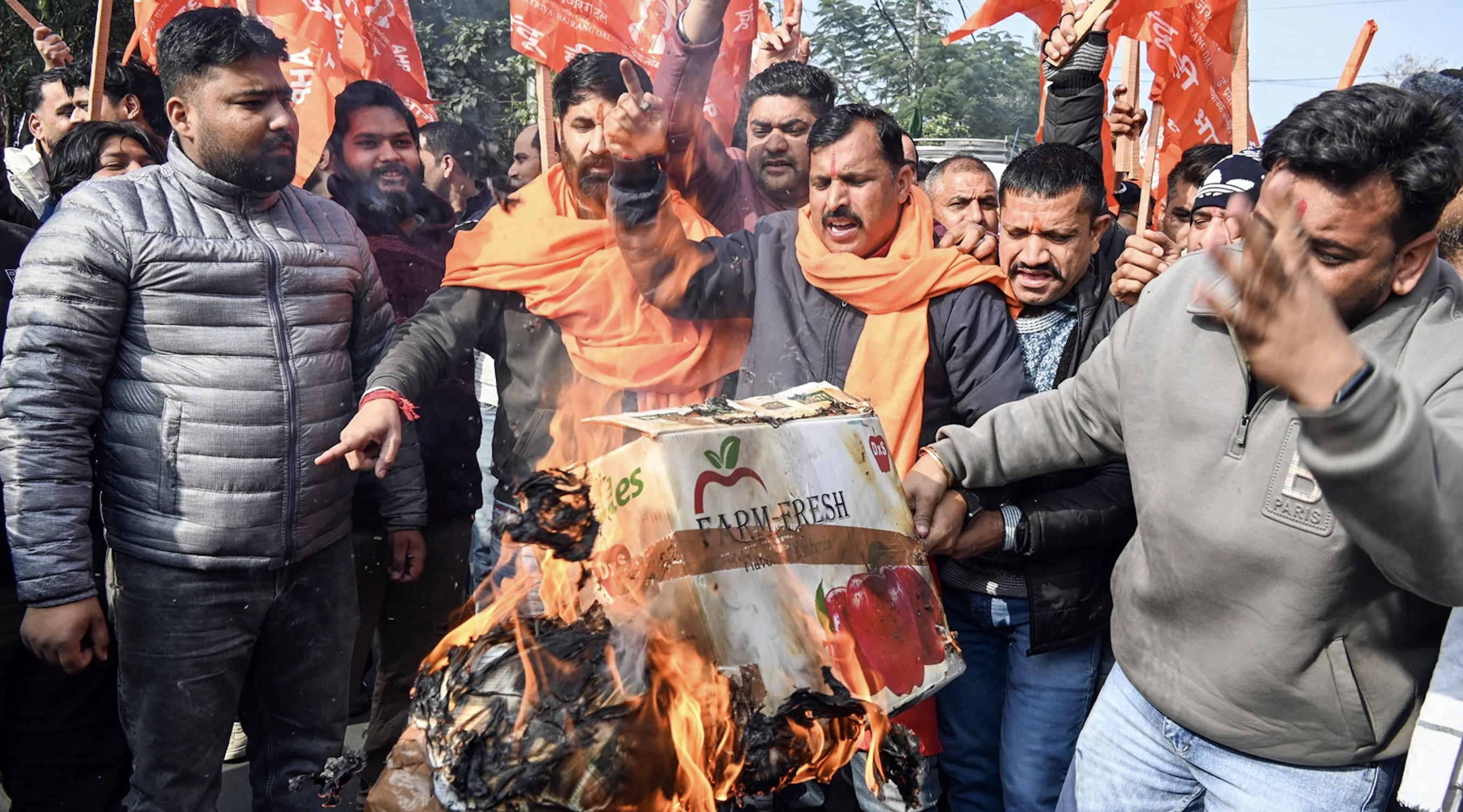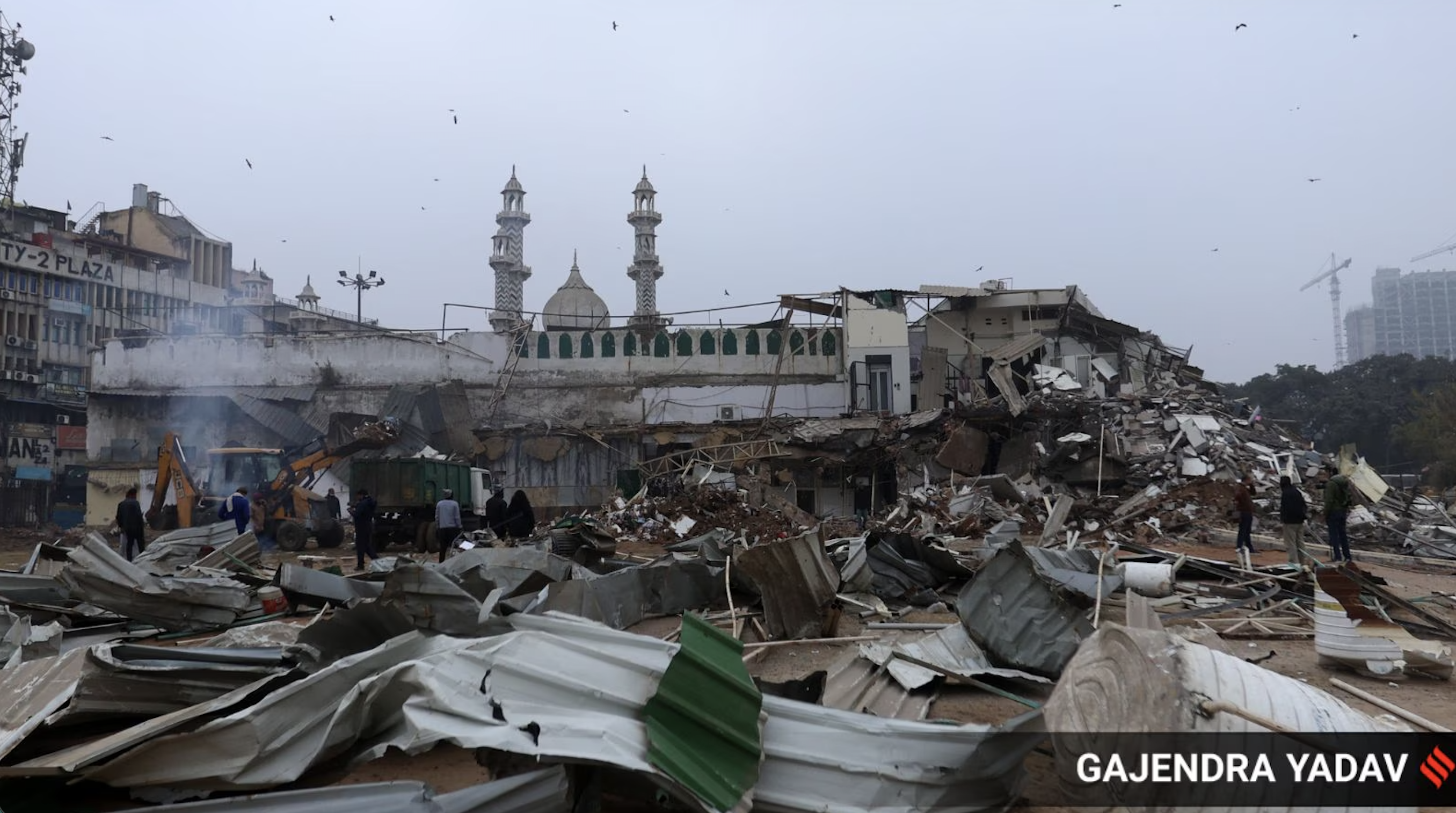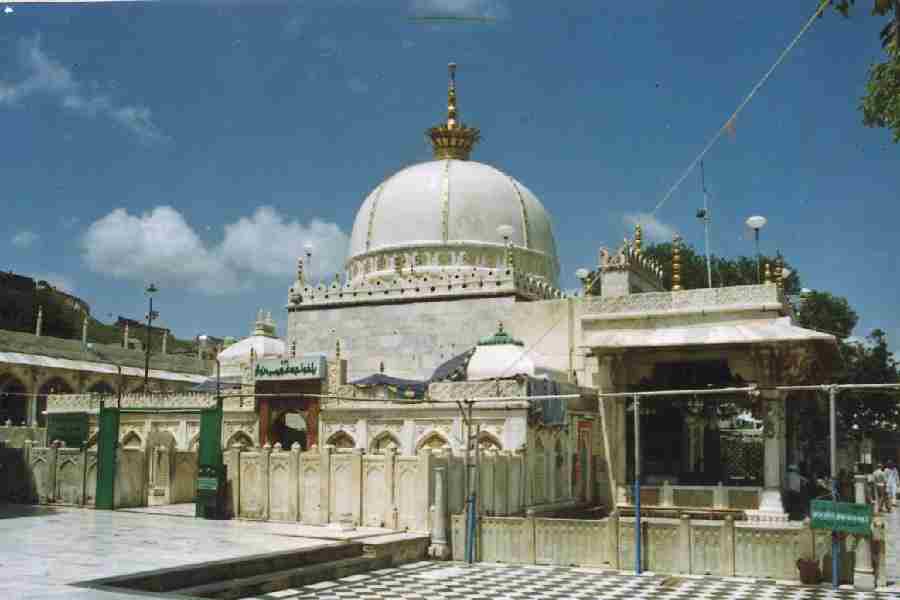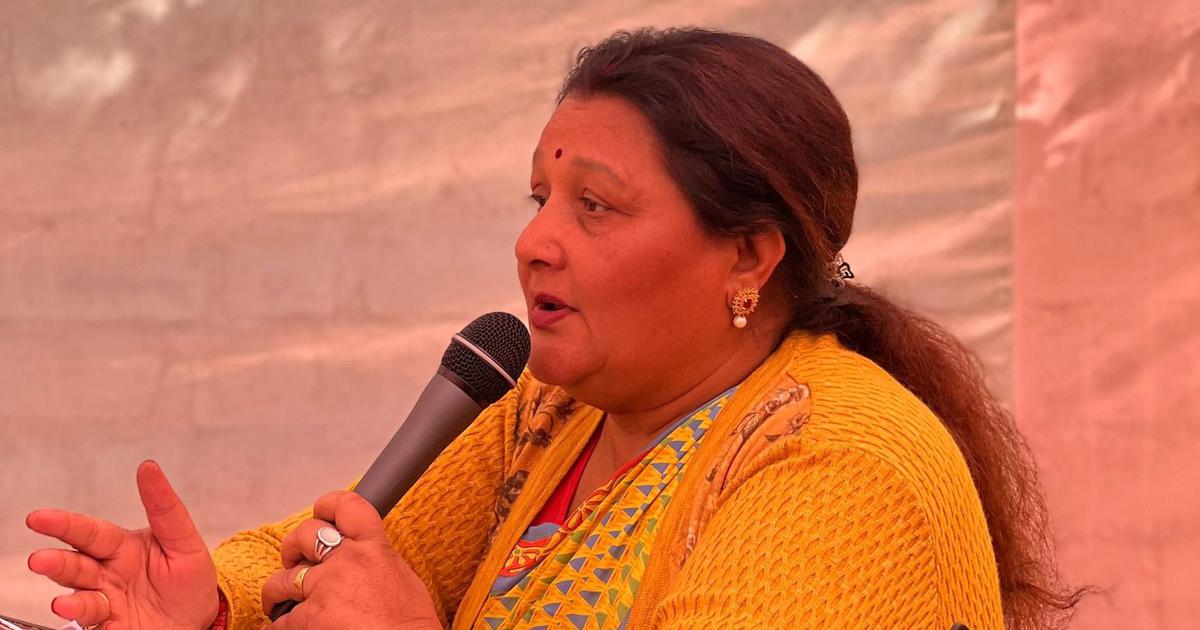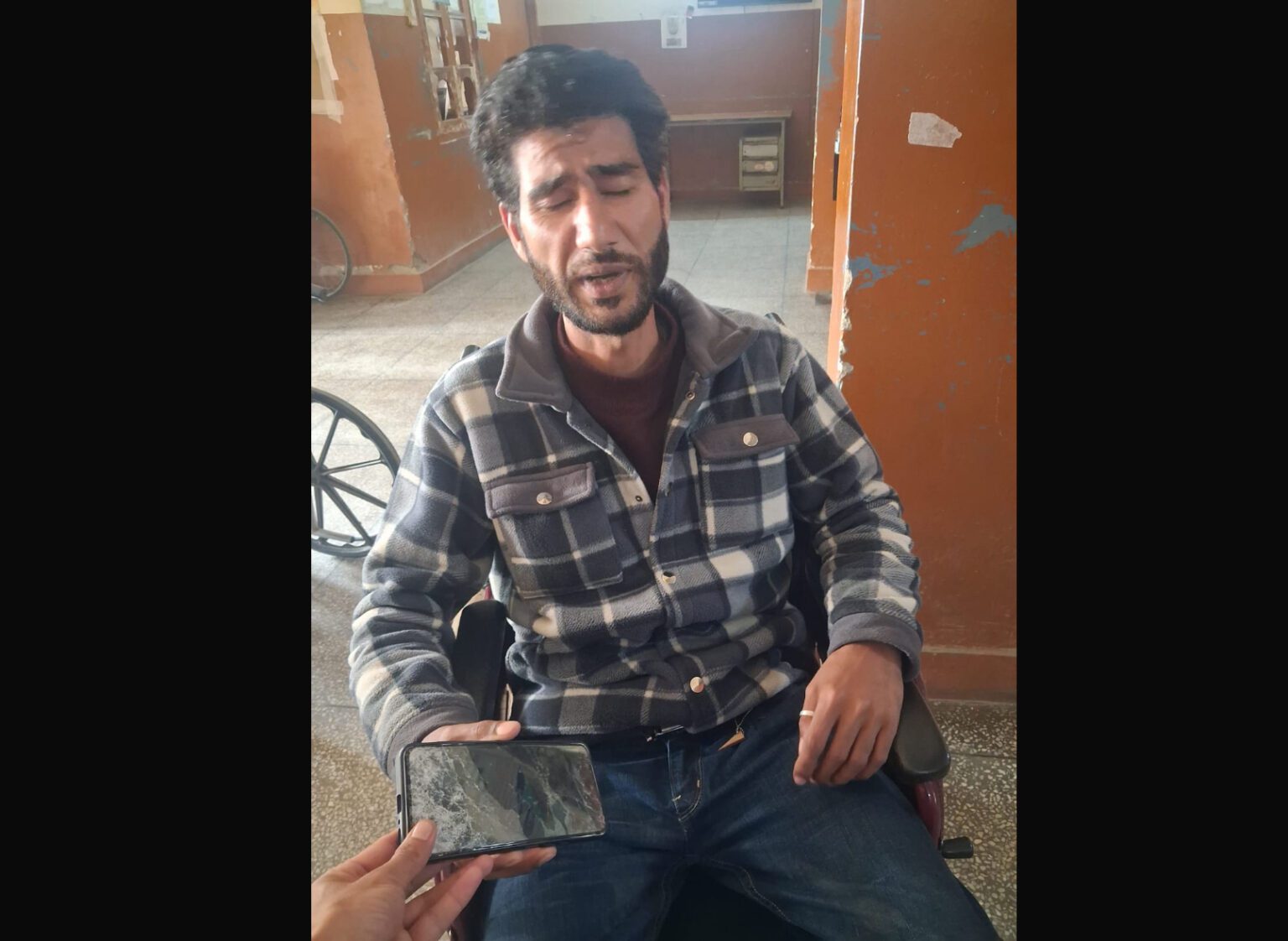By Zoya Mateen
Fawad says his favourite colour is green.
The 12-year-old loved looking at the grass, leaves and trees around the mosque where he lived and studied in India’s capital Delhi. He moved here two years ago from a neighbouring state after his parents suddenly died.
His home in Delhi – the Akhoondji Mosque, estimated to be at least 600 years old, and its adjoining madrassa (religious school) – was also green, its joists, beams and several archways painted in the same colour.
In a new city, looking at the familiar colour made Fawad feel safe. But now, he says it makes him cry.
On 30 January, the Delhi Development Authority (DDA) – a federally-run urban planning organisation – bulldozed the mosque, alleging illegal encroachment. Along with it, the madrassa – where Fawad and 25 other students, mostly orphans, lived – and an adjacent graveyard and a shrine of a Sufi saint (Islamic mystic) located inside the mosque complex were also razed.
Nestled in Sanjay Van, a sprawling 784-acre forest in Mehrauli, one of Delhi’s seven medieval cities, the area is teeming with ruins and monuments that narrate the city’s rich past.
In a statement, the DDA said the mosque was an “illegal structure” which was demolished “without any hindrance and disturbance”.
But the mosque’s imam Zakir Hussain and their advocate Shams Khwaja deny this, saying the property belonged to the Delhi Waqf Board, which is responsible for the maintenance of Islamic properties in the city.
Mr Hussain claims that authorities did not give them written notice before demolishing the structures. He also alleges that copies of the Quran were damaged, children were not allowed to save their belongings and that property records which proved that the mosque wasn’t illegal were taken away from them.
“They left us out in the cold with nothing but prayers,” Mr Hussain says.
This story was originally published in bbc.com. Read the full story here.


